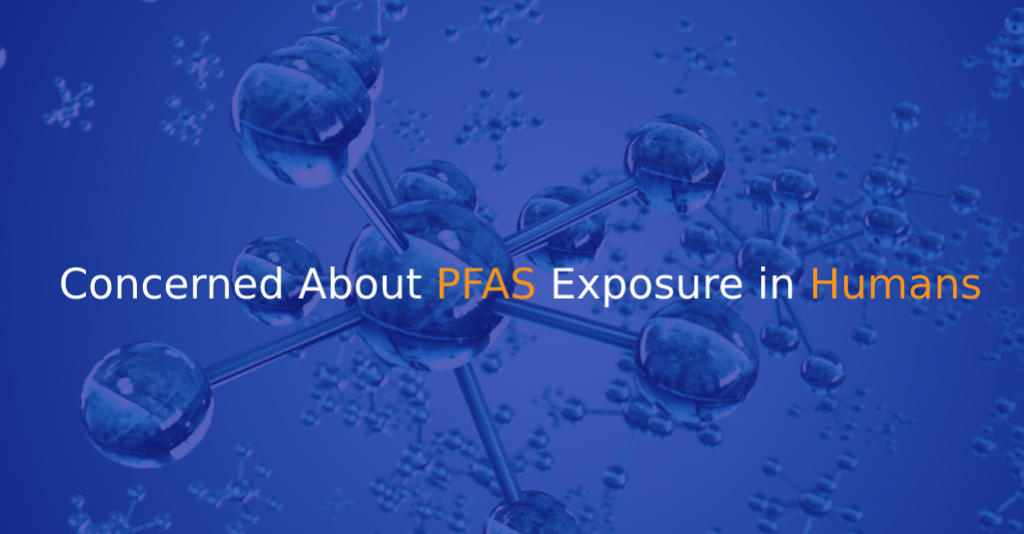Around 5,000 artificial chemicals known as per- and polyfluoroalkyl substances (PFAS) are produced for their ability to resist water and oil. Since the 1940s, PFAS has been utilized in various industrial processes, consumer goods, and firefighting foams (aqueous film-forming foam or AFFF). PFAS were consequently released into the air, water, and soil.
The extent of human exposure to PFAS varies by region and occupation. These synthetic substances have contaminated our soil, air, and water. People are most commonly exposed to these substances through inhaling PFAS-contaminated air, using PFAS-containing items, or ingesting contaminated water or food. The evaluation of human exposure is ongoing.
In one study, the National Health and Nutrition Examination Survey (NHANES) of the Centers for Disease Control and Prevention discovered that 97% of Americans have PFAS in their blood. Another NHANES study found that during the early 2000s, when scientists eliminated these chemicals from consumer products, people’s blood levels of PFOS and PFOA decreased. However, new PFAS compounds have been developed, and it is challenging to gauge exposure to them.
Different scientific research has uncovered and validated several health consequences of PFAS exposure. PFAS-related worries concerning their effects on public health have emerged for the following reasons:
Frequent occurrence : Researchers have discovered PFAS in human blood and urine and want to know if they have any negative health effects.
Several exposures : There is numerous potential for human exposure to PFAS due to its widespread use in hundreds of goods.
Rising numbers : There be more than 9,000 PFAS. PFAS are persistent and last for an unknown period in the environment.
Bioaccumulation : Different PFAS compounds may be ingested by people in various ways. People might consume more chemicals over time than they can expel, resulting in bioaccumulation in their bodies.



